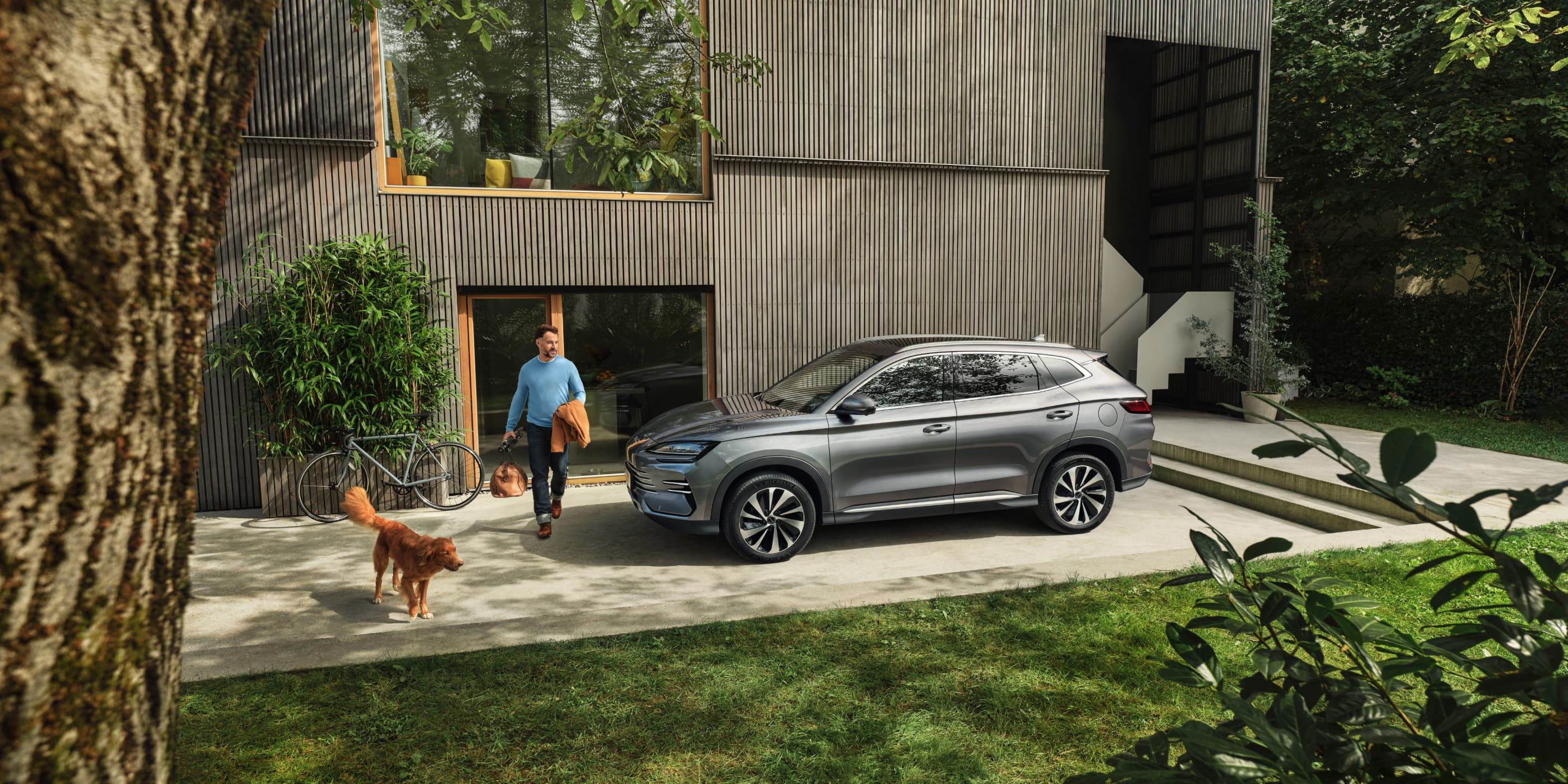BYD DOLPHIN

BYD ATTO 2

BYD ATTO 3

BYD SEAL

BYD SEALION 7

In the UK, efforts to reduce greenhouse gas emissions are moving quickly, with low-emission zones becoming more common on our roads. These clean air zones charge vehicles for driving through an area if they exceed a specified threshold of emission production.
The goal of low-emission zone schemes is to reduce levels of greenhouse gases and encourage drivers to switch to hybrid and electric cars for a cleaner environment. Below, we’ll take a closer look at these zones, how they work, and why they’re being put into place.
Low-emission zones (also referred to as LEZ) have been introduced to reduce emissions in cities and built-up areas. Various types of vehicles are discouraged from entering this specified zone, with the introduction of charges if the vehicle doesn’t meet the standard to enter the zone. These standards include:
Low-emission zones are used to reduce air pollution where emissions may be high. This helps to improve air quality. While low-emission zones don’t fully exclude high-emission vehicles from entering, daily charges will be enforced. If the driver fails to pay this charge, it could result in further financial charges.
Before heading out on the road, you’ll need to know the difference between LEZ and ULEZ. LEZ is geared towards heavy vehicles , like lorries, vans and coaches. Low-emission zones are in operation 24 hours a day, every day.
In comparison, the ULEZ is aimed at petrol and diesel cars that don’t meet the Euro 4 and Euro 6 vehicle standards. These operate 24 hours a day, every day apart from Christmas Day. The ULEZ charge impacts a greater amount of drivers , especially those driving older models.
CAZ (clean air zone) is the general term used for areas that have schemes to reduce pollution. LEZ and ULEZ are both considered Clean Air Zones. All of these schemes are in place to help tackle emissions from pollutant vehicles. Most CAZ schemes are in place 24/7 in a range of cities across the UK, so it’s best to check before your journey.
Low-emission zones are implemented through a combination of regulations, technology and incentives to reduce emissions in designated areas. When it comes to putting LEZ in place, there are a few factors that play an essential role:
Why are more towns and cities in the UK choosing to introduce clean air zones? Let’s take a look at some of the benefits:

There are a range of cities in the UK that have introduced clean air zones. You’ll find these schemes in the following cities:
In Scotland, some LEZs have been introduced in cities including Aberdeen, Dundee, Edinburgh and Glasgow. These zones are particularly strict — if your vehicle is non-compliant, you can’t enter. Wales and Northern Ireland currently don’t have any clean air zones.